The University of Texas at Arlington (UTA) is making waves with its latest announcement: a $2.3 million outdoor netted drone facility. This new addition, named the Maverick Autonomous Vehicle Research Center (MAVRC), is set to boost UTA’s research and innovation capabilities in autonomous vehicles. The facility will be located at the UT Arlington Research Institute (UTARI) in Fort Worth and is expected to be completed by January 2025.

Facility Overview
The MAVRC is designed to be a state-of-the-art outdoor netted drone facility. It will feature a netted structure, advanced lighting, and a suite of cameras and other sensors. Additionally, an adjacent control/Education building will be part of the setup. This facility aims to support a university-industry-government-community ecosystem focused on autonomous and intelligent urban mobility systems.
“MAVRC will significantly and positively impact UTA’s presence in the region by supporting the university-industry-government-community ecosystem focused on autonomous and intelligent urban mobility systems that can be used in everything from self-driving cars and home package delivery to military and emergency response tools,” said Kate C. Miller, vice president for research and innovation at UTA. “A facility like this is necessary as more and more organizations move toward using autonomous vehicles. Just this week, UTA and the city of Arlington are demonstrating air robot deliveries in east Arlington as part of an ongoing project with the U.S. Department of Energy.”
Purpose and Capabilities
The MAVRC will enhance research opportunities in several ways:
- Testing in All Weather Conditions: Necessary for Federal Aviation Administration (FAA) compliance.
- Teaching, Training, and Outreach: The facility will enable various educational activities.
- Complementing Existing Research: It will expand UTA’s ongoing autonomous vehicle research.
“UTARI already has a smaller indoor drone facility. This new facility will greatly improve our research capabilities,” said Eileen D. Clements, interim executive director of UTARI. “This is a perfect addition to UTARI, where we specialize in applying cutting-edge technologies to real-world engineering problems. We are excited for all the new opportunities this facility will enable for UTA faculty, researchers, and students, as well as our business partners in the North Texas community.”
Research Focus Areas
The facility will build on existing research capabilities, including:
- Controls design for autonomous vehicles
- Cooperative control of networked teams
- Sensor networks
- Real-time control implementation
- Urban aerial mobility research
- Airborne computing platforms for emergency response coordination
“Unmanned vehicles have phenomenal capabilities, but we must also consider how these ‘robots in the air’ talk to each other to avoid collisions and perform collaborative tasks,” said Dr. Yan Wan, professor of electrical engineering who spearheaded the MAVRC project. “The new facility at UTARI will allow myself, other researchers, and UTA students, plus local companies and stakeholders, to safely test and experiment with unmanned vehicles as our society speeds up its use of these technical marvels.”

Impact and Significance
The new facility is expected to have a significant impact on UTA’s presence in the region:
- Enhanced Innovation: It will boost UTA’s ability to lead cross-institutional research.
- Opportunities for Collaboration: The facility will provide opportunities for faculty, researchers, students, and business partners in the North Texas community.
- Diverse Applications: It will support the development of unmanned systems for various applications, including self-driving cars, home package delivery, military, and emergency response tools.
“This outdoor test facility for air and ground autonomous vehicles is crucial for advancing and preparing the next generation of unmanned systems,” added Hongtei Eric Tseng, a renowned expert in vehicle autonomy and member of the National Academy of Engineering who joined UT Arlington in May as part of the Recruiting Innovative Scholars for Excellence (RISE 100) initiative. “I’m excited to have another UTA facility where we can work with students, faculty, and industry to develop cutting-edge technologies and applications. It will enhance our ability to innovate and lead cross-institutional research.”
Recent Developments
As of September 11, 2024, UTA has secured $2.3 million in funding for the construction of this netted drone facility. This development is part of UTA’s broader investment in the North Texas region, which also includes plans for UTA West, a new campus in western Fort Worth dedicated to fostering economic development.
DroneXL’s Take
The MAVRC is a significant step forward for Drone Technology and autonomous vehicle research. This facility will not only enhance UTA’s capabilities but also contribute to the growing ecosystem of unmanned vehicle research in the region.
As drone technology continues to evolve, facilities like the MAVRC will be crucial in pushing the boundaries of what’s possible. For more on the latest developments in drone technology, check out our recent articles on Artificial Intelligence in Drones and Amazon’s Drone Delivery.
What are your thoughts on this new drone facility? Leave your comments below!
Discover more from DroneXL
Subscribe to get the latest posts sent to your email.


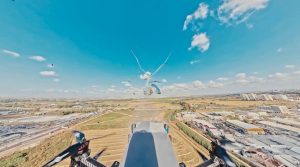


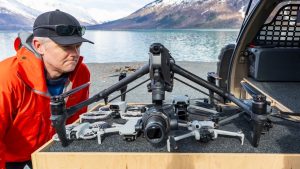

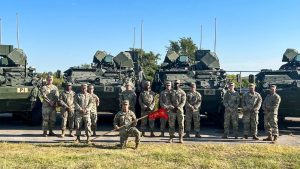

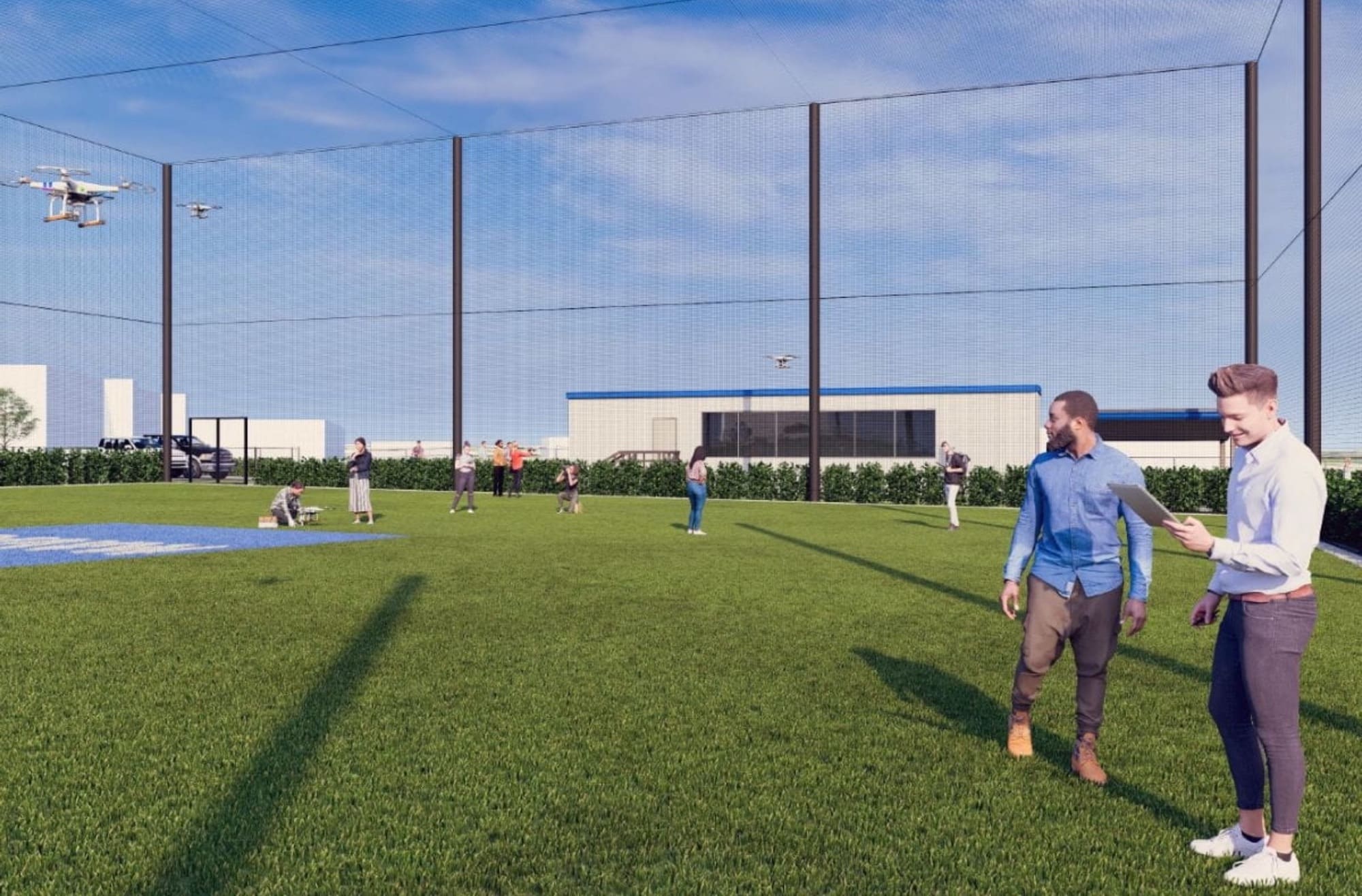


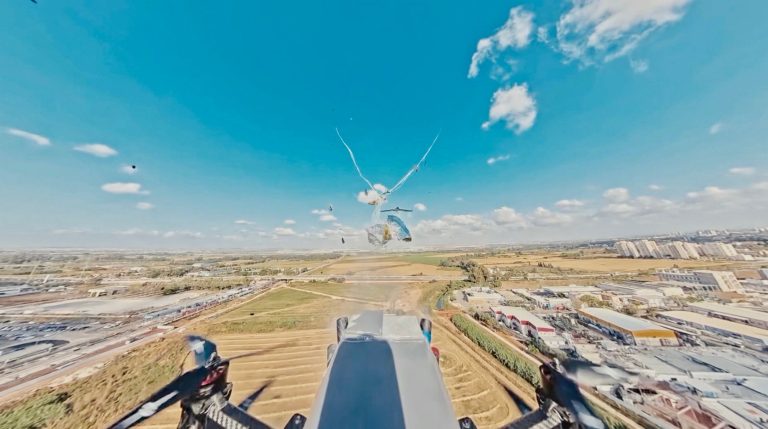
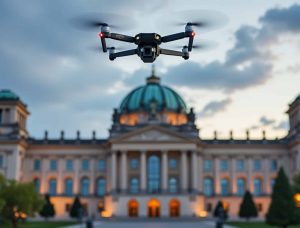
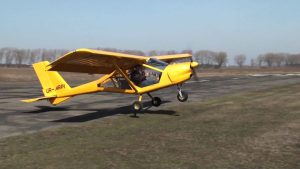

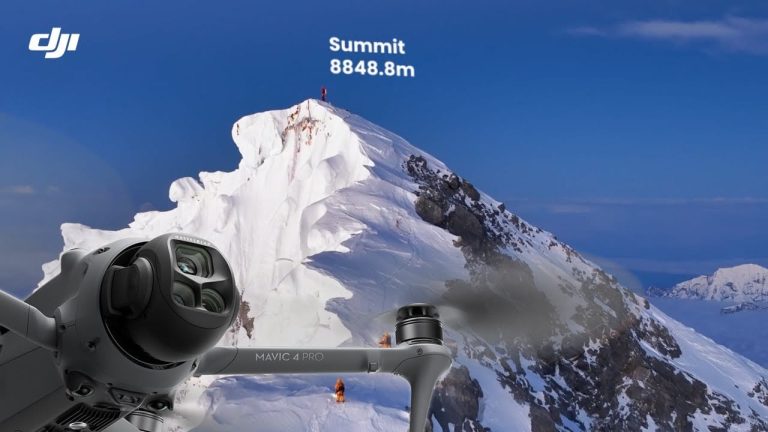



+ There are no comments
Add yours